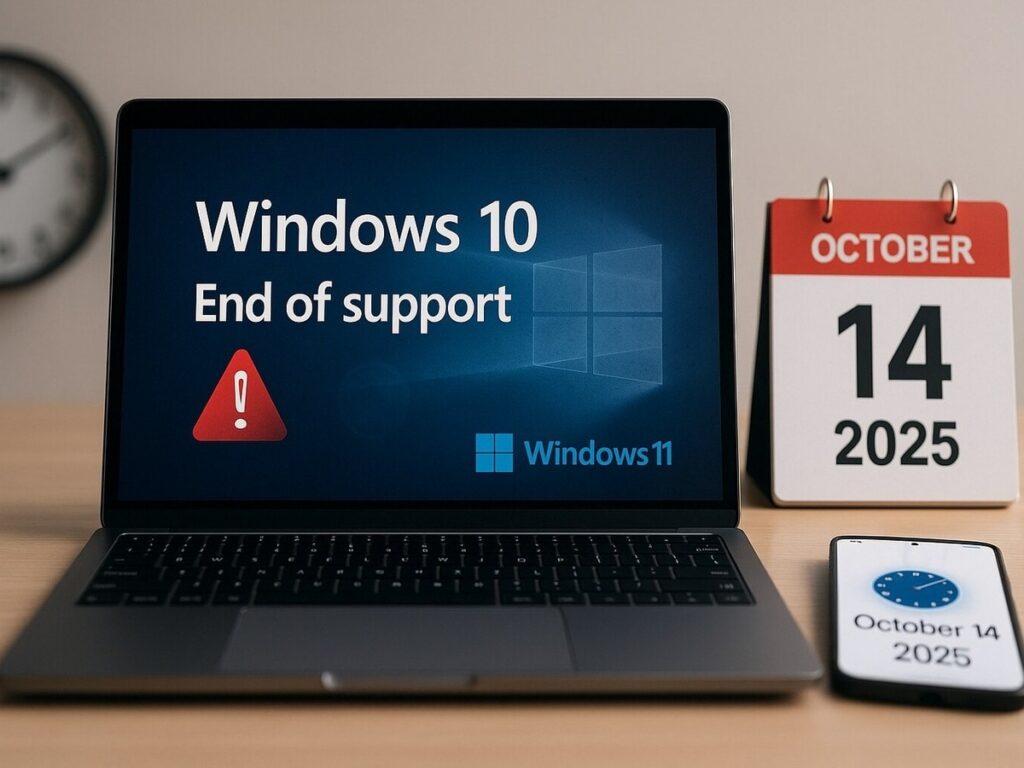For users running older versions of Windows, significant changes are on the horizon. Microsoft has announced the cessation of technical and software support for these outdated systems. This means that if you wish to receive updates, you may be required to pay for them, leading to potential challenges for users looking to maintain their operating systems. In this article, we will discuss what these changes mean, the impacts they may have, and steps you can take to navigate this situation effectively.
Understanding the Shift in Microsoft Support
What Does End of Support Mean?
End of support occurs when a software provider, like Microsoft, no longer offers updates, patches, or technical assistance for a particular version. For Windows users, this means that any security vulnerabilities discovered after the end of support will not be fixed, leaving systems at risk.
Windows Versions Affected
| Windows Version | End of Support Date |
|---|---|
| Windows 7 | January 14, 2020 |
| Windows 8.1 | January 10, 2023 |
The Implications of No Support
Security Risks
Without regular updates, computers running unsupported versions of Windows become increasingly vulnerable to malware and cyberattacks. This lack of security measures can expose users’ sensitive information and lead to data breaches.
Software Compatibility Issues
As software developers move forward with updates to their applications, compatibility with outdated Windows versions may dwindle. Users may find that new software cannot be installed or operated on older systems, limiting functionality and productivity.
Options for Users
Upgrading Your Operating System
The most straightforward solution is to upgrade to a newer version of Windows. Microsoft encourages users to transition to Windows 10 or Windows 11, which offer improved security features and support for modern applications.
Consider Free Alternatives
If upgrading is not feasible, users might consider switching to free operating systems like Linux. These alternatives provide continuous support and security updates without the need for payment.
Conclusion
The discontinuation of support for older versions of Windows poses significant challenges, particularly regarding security and software compatibility. It is essential for users to understand the risks associated with outdated systems and to take proactive steps to upgrade or transition to safer alternatives. By doing so, you can ensure that your digital environment remains secure and functional.
